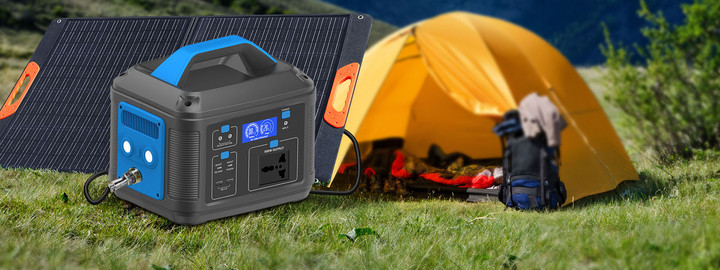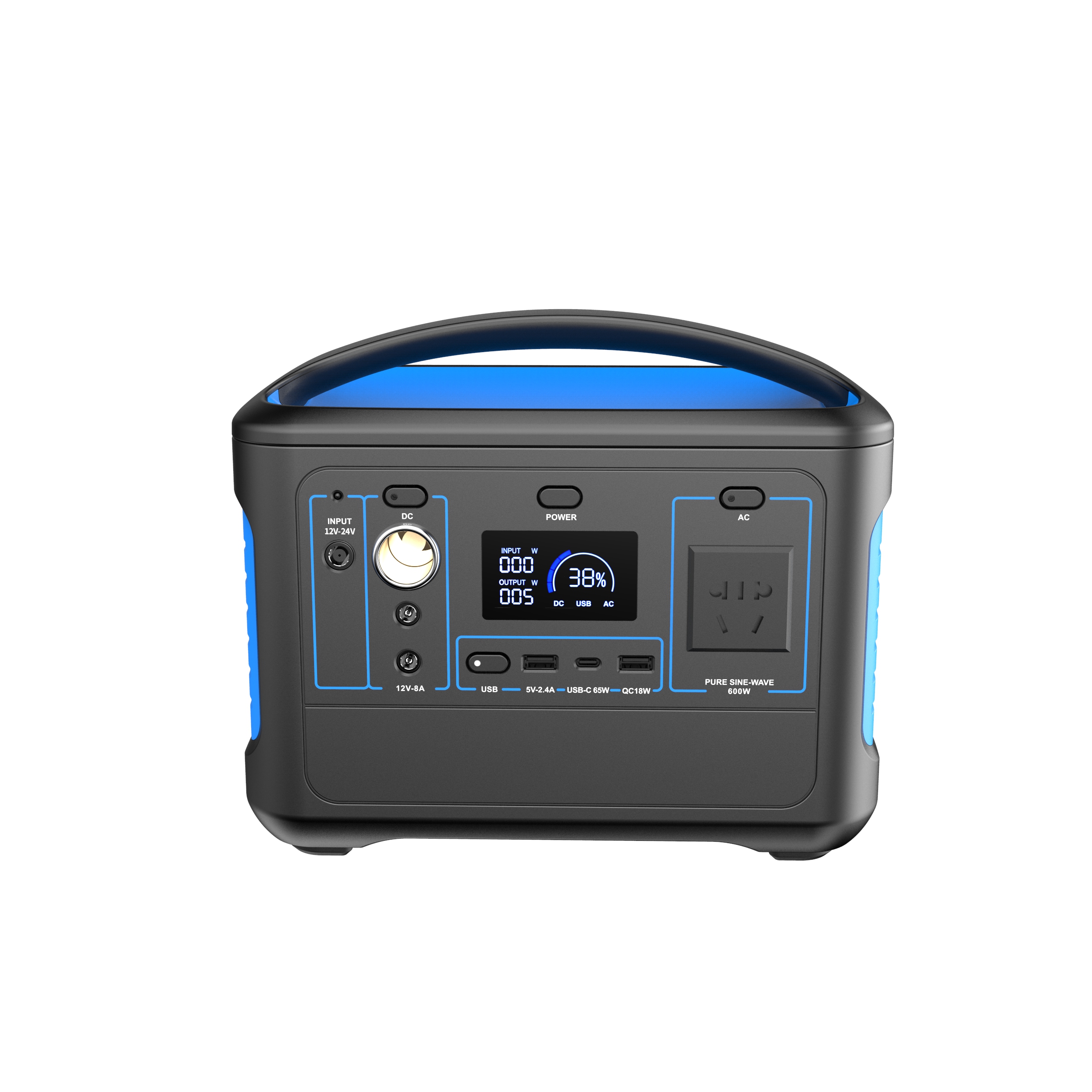The outdoor power supply uses a high-energy-density lithium-ion battery pack as an energy storage means to store the mains power and photovoltaic energy, and provides various outputs such as AC, DC, and USB port charging for electrical equipment through the inverter module to protect people when there is a power shortage and need power supply!
This question is easy to answer, it mainly depends on the power of the electrical equipment. The greater the power of the outdoor power supply, the more power demands of high-power equipment can be met, and the more electronic equipment can be powered. The larger of battery capacity, the stronger the endurance of the outdoor power supply. The outdoor power supply that can store one kilowatt-hour of electricity will also support higher-power electrical appliances in terms of output power, such as rice cookers, electric ovens, kettles, and so on.
Consumers will consider many factors when choosing an outdoor power supply. The first thing to consider is the outdoor electricity usage scenario, whether to go fishing outdoors, set up a stall outdoors, use electricity for cooking on a self-driving trip, or go camping overnight. The time of use is different, and the outdoor power supply required is also different.
Therefore, be sure to choose more than 500w, and most of the equipment can be driven. If it is a RV for self-driving, it can be as large as possible. It must be capable of fast charging, which means that the charging time of itself should be short. In the case of continuous camping, it takes about 8 hours to fully charge the ordinary equipment itself, which is very inconvenient; if there is a fast charging function, it can be fully charged in less than 2 hours. The effort of a meal. It can fast charge the mobile phone, preferably pd100w fast charge, and the minimum requirement is pd 60w. When the power is sufficient, the smaller the body, the better to save space.


 stw14@stwpower.com
stw14@stwpower.com 

